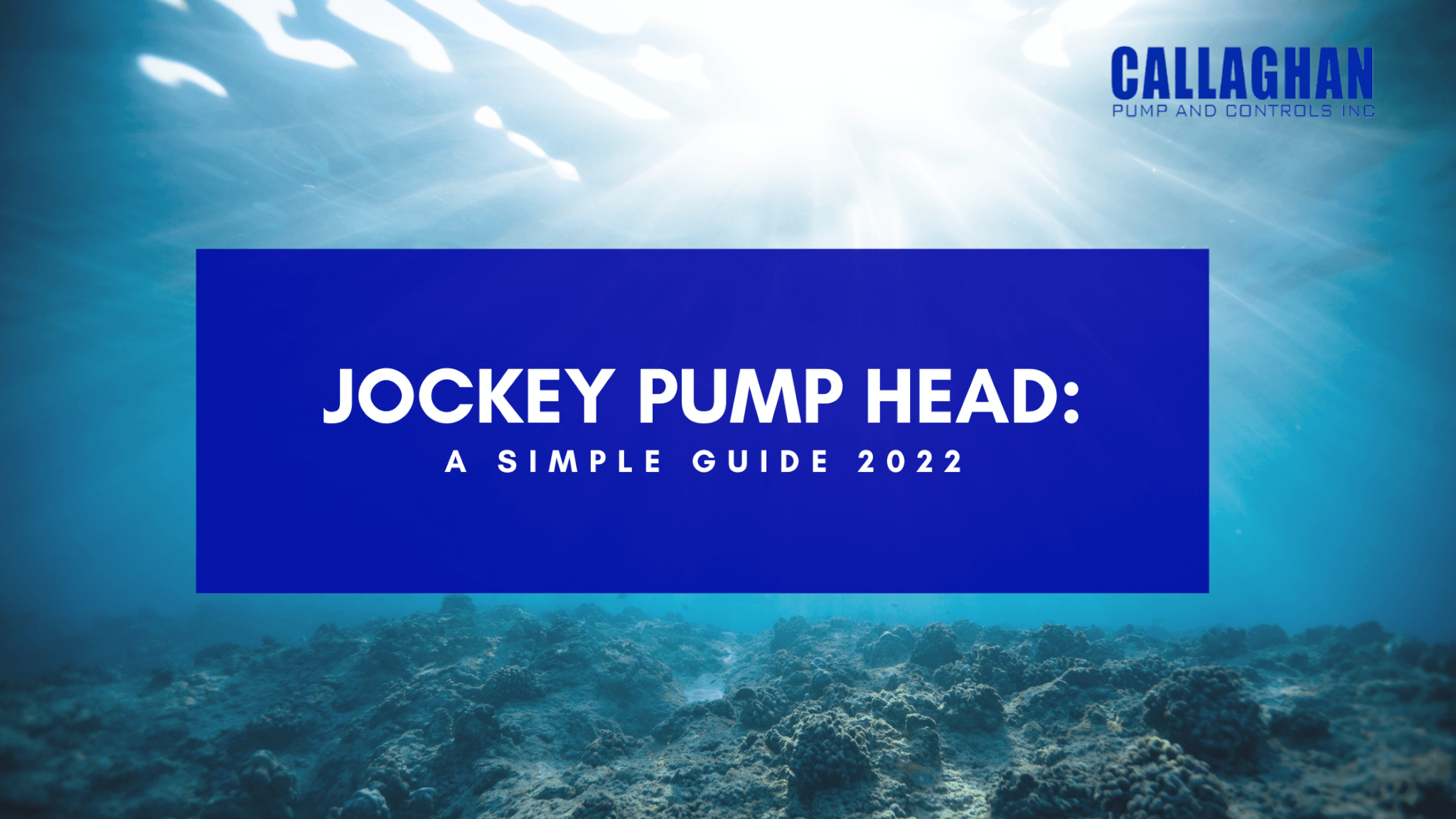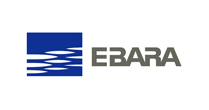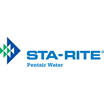
October 7th, 2022
Fire protection systems are imperative in all high-rise buildings, considering the various fire hazards people face. Also, they are essential when the local water system can’t provide sufficient pressure to meet the hydraulic design requirements of the fire protection system. This is why there is an increasing demand for fire protection and jockey pump capacity as per the NFPA.
Fire sprinklers fall under the active fire protection method and function on the basis of a water supply system, which is designed to provide adequate pressure within the piping system. They are mandatory in residential and commercial buildings that are high-rise. Studies show that over 90% of fire incidents are arrested by the sprinkler system itself in high-rise buildings that have sprinklers installed.
When it comes to fire pumps, they are common in tall buildings that require a relatively high terminal pressure. This is mostly because a fire protection water supply is provided from a ground-level water storage tank, making it difficult to reach the top floors of the building.
We at Callaghan Pump are a trusted supplier of fire pumps and jockey pump sensing lines that are ideal for all kinds of residents, projects, businesses, and industries. Based on our experience and knowledge, the most preferable fire pump is a centrifugal pump. The other one includes a positive displacement regenerative turbine pump, which operates on very close tolerances. On the other hand, a centrifugal pump doesn’t depend on tight tolerances.
Whether you use a centrifugal pump or regenerative turbine-type pump, make sure it is sized for low flow to achieve the maximum fire pump discharge head. Additionally, the flow should not exceed the flow capacity of a single sprinkler head. Otherwise, the jockey pump won’t be able to maintain pressure when a head opens up to fight a fire.
Also known as compensation pumps, jockey pumps ensure the trouble-free operation of a fire sprinkler system. Their role is to maintain water pressure in a fire protection system. They usually consist of a motor, pump, and controller, help larger fire pumps avoid running unnecessarily, and compensate for minor leaks in the water circuit.
As a small pump, jockey pump sensing lines are connected to a fire protection system to maintain pressure in the sprinkler pipes, allowing the system to activate when there is a pressure drop in the system. Your jockey pump should be able to generate the same pressure the fire pump generates at no flow. Here, avoid a jockey pump that will generate more than that as it can be flirting with the possibility of exceeding the rated system pressure.
The goal is to overwhelm the jockey pump, allow the pressure to drop in the system, and then result in the fire pump starting. Also, keep in mind that when jockey pump sensing lines are not incorporated into the design of a residential or commercial property, the place may run the risk of destruction caused by fire accidents. This is why you will need a proper fire pump and jockey pump piping diagram.
Here are the safety considerations to make before installing or repairing your fire pump and jockey pump head.
You have spent considerable time planning the location of your fire pump, but you may have overlooked some factors that could affect the overall pump operation or efficiency. For instance, the pump must be kept as close to the liquid source as possible. This is because the suction line can be short and direct. Fire pumps located in dark and cramped locations are often neglected and result in premature failure of the jockey pump head.
The foundation of your fire pump should be sufficiently rigid, so it can absorb any vibration or stress encountered during the operation. Consider a raised foundation of the concrete or hard floor for the best installation of floor-mounted pumps. The raised foundation will ensure that a satisfactory base will protect against flooding and moisture drainage. Additionally, the pump needs to be bolted to the foundation, whether it is a raised concrete base or steel work wall.
Leveling the pump is another requirement for ensuring enough shims and supporting the base-plate near the foundation bolts. These shims must be large enough to allow a gap of 3/4″ to 1-1/2″ between the foundation and base-plate for grouting. This will help the pump at any point of the base-plate carry a substantial weight load.
So, these are the factors to consider when installing a fire pump. If you are planning to install a fire pump, we can help you determine the jockey pump capacity as per the NFPA.
Contact us to get started.
john@callaghanpump.com,
eileen@callaghanpump.com,
dan@callaghanpump.com,
sales@callaghanpump.com,
service@callaghanpump.com












